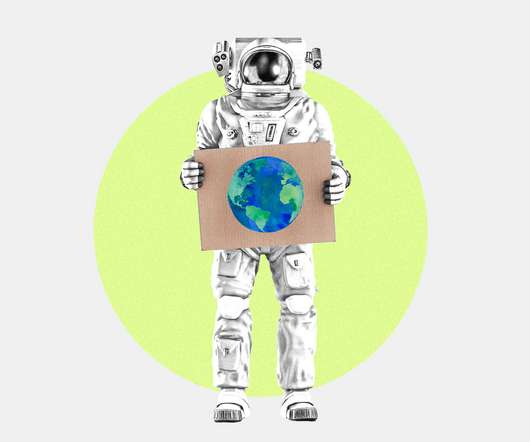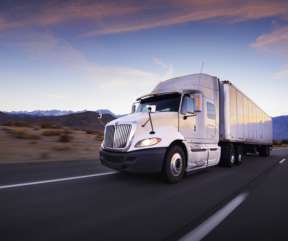Understanding the Anthropocene, Resilience Thinking, and the Future of Industry
Green Business Bureau
JANUARY 18, 2023
In 2016, the Anthropocene Working Group confirmed that the Anthropocene is different from the Holocene, and it began in the year 1950 with the Great Acceleration. Stratospheric ozone depletion – The stratospheric ozone layer in the atmosphere filters out ultraviolet (UV) radiation from the sun.














Let's personalize your content